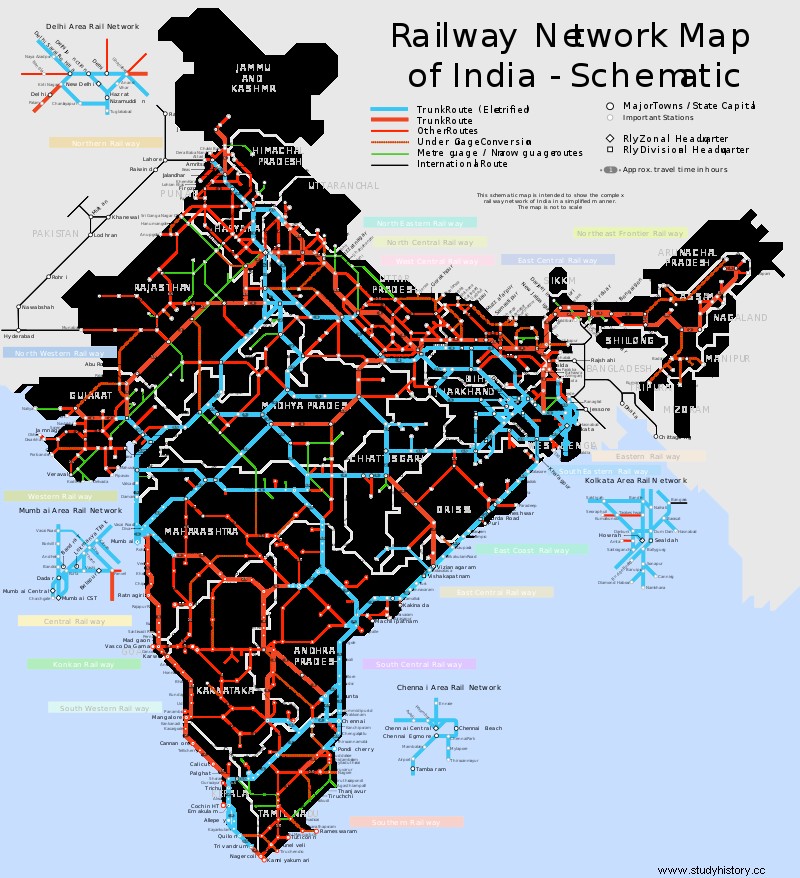The Dawn of Indian Railways
When the British came down to rule India, they found the existing modes of travel and communication quite basic and difficult as well. They decided to lay the foundation for what promised to be one of the world's largest railway networks. For the British, it was important to connect the ports and the larger cities, to make the administration easier, and also to make the ground stations more accessible for the summer holidays. So they reset on these routes or destinations and got them connected.
Starting the journey
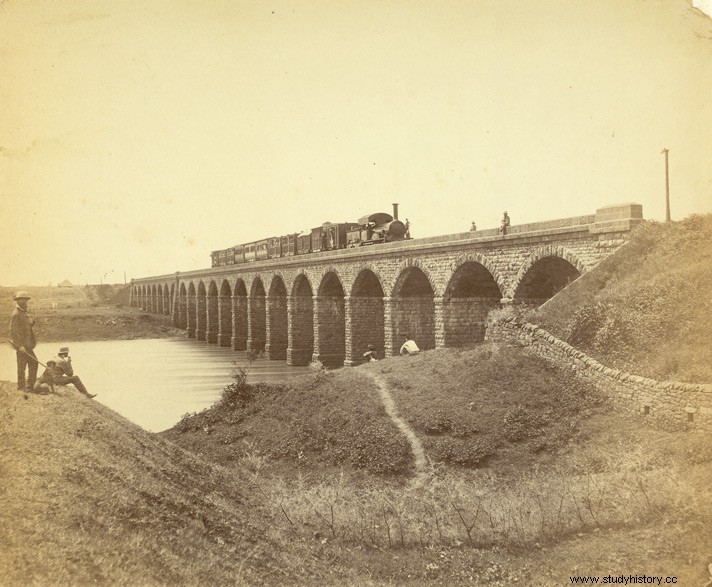
"14 carriages, 400 passengers and a 21-mile journey that began with a 21-cannon salute and a deafening applause from the crowd".
We are not referring to a new toy train launch here; Thus began the story of Indian Railways 163 years ago.

Date:Apr 16
Departure time:3:35
Route:Mumbai - Thane
Distance - 34 km
This historic journey from Bombay's Bori Bunder to Tannah (Thane), including a stop at Byculla (to fill the engines with water) took about 57 minutes to complete and was pulled by three locomotives - Sultan, Sahib and Sindh. All guests were invited and none of them bought a ticket.
The day was also declared a public holiday !!
What was started by the British, mainly to connect the big cities, ports, to make trade and administration easier, and to reach the ground stations for the summer holidays, has today been transformed into the country's lifeline, as well as a massive public giant. Although primarily a British heritage, Indian Railways came into its own after independence and is today the fourth largest network in the world. With over 1,376 million employees, it is also the world's seventh largest commercial employer.
From a time when the locomotive was once considered a "fire-breathing demon", to building the world's tallest railway bridge at Chenab this year, Indian Railways has certainly come a long way. As with everything new, this one also met its share of skepticism and anxiety from ordinary people.
How Indian Railways redefined social customs and beliefs
The first run of a train in India was met with great awe and fear among Indians for what the British had brought in.
The anxieties varied from was it a heavenly force driving the engine or a devil throwing up a fire? Some considered it "Satan" while others renamed it "Aag gadi" (fire truck). Continuation offerings with flowers and coconuts were brought to worship and soothe this irregular power. There was also a fear among the locals that traveling at such a high speed, to reach the destination earlier would also result in shortening the lifespan in proportions !!
The British had decided on the railways to facilitate trade and accessibility for themselves, but strangely enough, the ancient and strict Indian caste system underwent an enormous change. The British had divided the train into 4 classes, with Indians having only access to the third and fourth classes.
Initially, there were many reservations among people in the upper caste about traveling with the so-called lower strata of people. But at the same time, they were also able to do things they had never imagined before, and travel to distant places for religious reasons and trade. As people from different religions and social backgrounds came into closer contact in third and fourth grade, the first resistance opened up to camaraderie and helped break down barriers to religion and caste.
Railways proved to be a blessing in disguise that united the great, yet disconnected country.
Travel on the British Raj trains
Railways were a way of life during the Raj Era, and British India Railway hallmarks of cult status were given to certain "important" trains, the elite and high-ranking officials of the British Raj traveled on. It was said that the facilities available on trains in India these days were better than even those in England !!
These prestigious trains already had four classes:First, Second, Third and Fourth.
First Class
First Class was defined by the incredible, luxurious interior, with teak walls with teak wood panels, brass fittings, carpets, electric lights, fans, royal berths, fresh linens, showers, washbasins, service quarters and works. Each carriage or "cabin", as it is called today, was a separate room or suite with its own doors that open on each side of the carriage directly onto the platform. Needless to say, only the most prominent Europeans could travel with first class.
The other classes
The second class was almost as luxurious as the first, but only had seating arrangements with upholstered seats. Indians usually traveled in third and fourth grade. While the third class consisted of ordinary carriages with wooden benches and without lights, fans, toilets or even bars on the windows, the fourth class carriages were basically just empty vans without benches and with windows and were generally full of people.
Dining car
Many trains had restaurants or eateries that could put a good restaurant to shame today. Not only could you eat the best European and Indian delicacies, but most trains also had bars on board, and you could even get chilled beer or whiskey on duty! Delicacies such as The Railway Mutton curry are a popular remnant of that era and are a perfect blend of British and Indian flavors.
-

- https://www.dailyo.in
A Foodie's Trail on Indian Railways
This is far from the days of refreshment rooms at key stations and Restaurant Cars with its silver service on key trains, which usually served vegetarian and non-vegetarian meals - all parts of a forgotten era of Indian Railways. These were excellent facilities that the current generation of Indians never knew had existed for the convenience of railroad travelers. Part of the joy of a long train journey during the Raj days was walking along the platform of the restaurant car at stations specified in the lunch or dinner schedule. Here, hygiene, food and service were of the highest standard, and managed by a Dining Car Manager, who actually dressed in a bow and tuxedo for the meal at night. As in an expensive restaurant, he decided to ask every dinner if everything was in taste and say "Enjoy the meal."
It was services like this that made the railway extra happy for the Raj times and was completely lost for today's travelers who are exposed to questionable food quality served from questionable hygiene standards that are prevalent in the pantry cars where it is cooked. The father of pop idol Sir Cliff Richard was once the boss of a restaurant car on the East Indian Railway, similar to the one shown in this photograph.
Until the mid-1970s, all long-distance trains had dining cars complete with tables for four covered with a table cover and were laid out with cutlery and crockery. Waiters with turban and cummerbund served the railway delicacies from that time:fish and chips with tartar sauce, vegetable chops, mutton chops, chicken sandwiches, mutton, chicken soup, tomato and mulligatawny soups, fried chicken with boiled vegetables, chicken or mutton
The journey that began 168 years ago in India continues with a great to date.
Some British legacies, such as cricket and railways, have grown or perhaps flourished, the former with religious fervor and the latter with vigor. It has even found a place for itself in the Guinness Book of Records.
Here are 20 interesting facts about Indian Railways.
Navapur Railway Station is located on the border of two states:one half falls under Gujarat and the other half in Maharashtra.
Belapur and Srirampur are located in the Ahmednagar district of Maharashtra, two different stations on opposite sides of the same track. There are two separate Indian railway stations in the same place but on the opposite side of the same track.
The railway station with the longest name is Venkatanarasimharajuvaripeta (station code:VKZ), in Andhra. The name contains 28 letters in the English alphabet.
The railway station with the shortest name is Ib, in Jharsugda, Odisha and Od, on the western railway network near Anand in Gujarat.
The Fairy Queen, which used to run between New Delhi and Alwar, was produced in 1855 and was certified in 1998 by the Guinness Book of Records as the world's oldest functioning steam locomotive in normal operation. This 160-year-old historic train also has the second oldest working steam engine in the world.
The soon-to-be-completed railway bridge in Chenab, built at an altitude of 359 meters above the Chenab River, in J&K, is expected to be one of the tallest railway bridges in the world when completed. It is designed to be 5 times taller than the Qutab Minar and even taller than the Eiffel Tower!
This engineering round would be the bridge with the longest span on the Indian wide-gauge railway network and would connect India from Kashmir to Kanyakumari!
The Metupalayam Ooty Nilgiri Passenger Train is the slowest train in India. It drives at a speed of 10 km / h and drives a distance of only 46 km in 4 hours and 50 minutes!
Apart from being the oldest railway station, Howrah Junction, in Kolkata, is also the busiest station in India, handling almost 974 arrivals / departures per day.
Vivek Express, which operates between Dibrugarh and Kanyakumari, runs a distance of 4273 km, from Dibrugarh to Kanyakumari, making it the longest journey in terms of total time and distance on Indian Railways. The shortest route is between Nagpur and Ajni stations, which are only 3 km apart.
The record for being the most unreliable long-distance train on the Indian railway network goes to the Guwahati Thiruvananthapuram Express. There is an average of 10 - 12 hours delayed.
4 sites for Indian Railways have been declared "World Heritage Sites" by UNESCO:
Kalka Shimla-inherited toy train chugs on a route that has the steepest climb. The route goes through forests of pine, maple, deodar, oak and fig, over more than 800 bridges and through more than 100 tunnels.
Also known as DHR or Toy Train, Darjeeling Himalayan Railway has been featured quite frequently in popular Bollywood movies. The first of the first three mountain railways in India, DHR is a 2 foot narrow gauge railway that runs between New Jalpaiguri and Darjeeling in the state of West Bengal.
10 interesting facts about Indian Railways
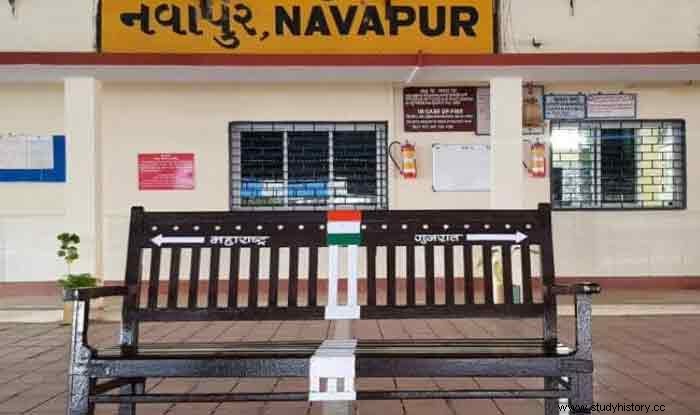
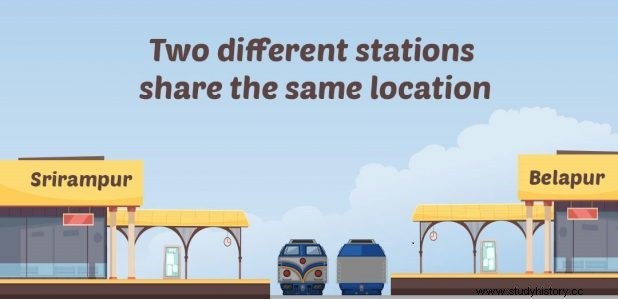
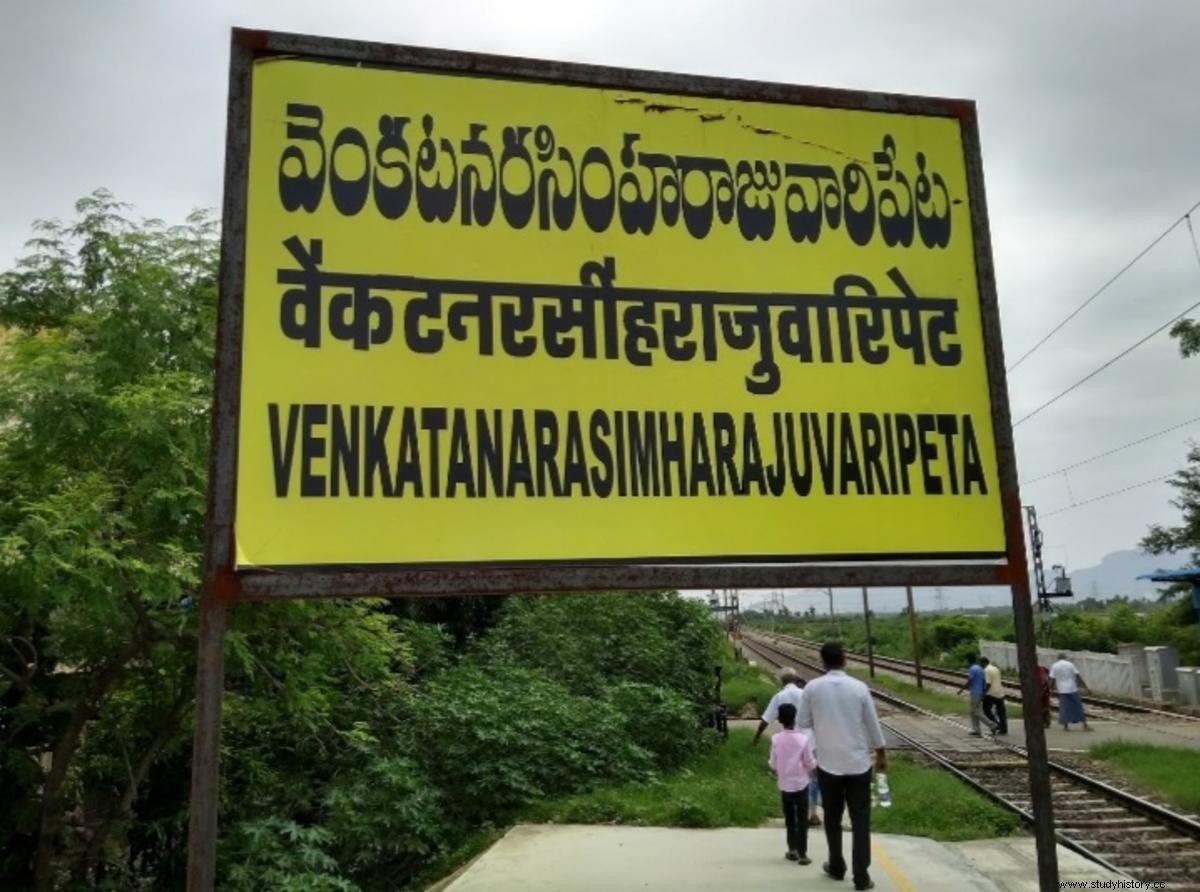


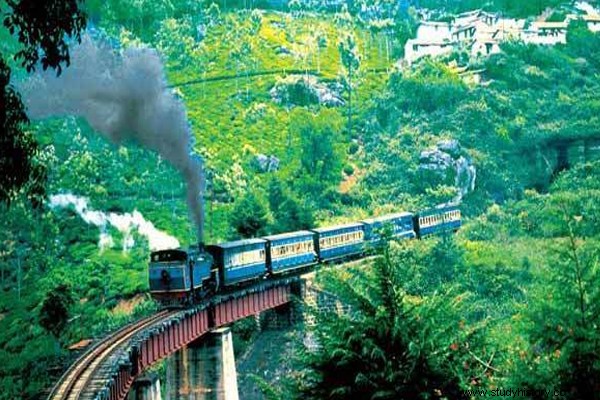

 https://www.outlookindia.com/
https://www.outlookindia.com/
 https://www.outlookindia.com/
https://www.outlookindia.com/
